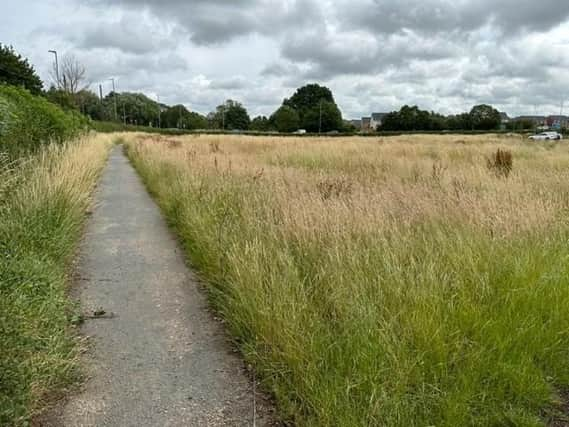Field in Broughton Astley to be transformed into a haven for wildlife


A field in Broughton Astley is set to be transformed into a haven for wildlife, complete with paths and ponds.
The public space close to the leisure centre and school will be revamped as part of work by Leicestershire County Council and Broughton Astley Parish Council.
Advertisement
Hide AdAdvertisement
Hide AdThe field will be turned into a grassland habitat with paths, ponds and more native plants introduced. Work will begin soon and is set to be completed in autumn.
The £50,000 worth of improvements are part of a three-year project to boost and enhance grasslands and wildflower habitats at three sites along the River Soar.
The other two projects will see a wildflower meadow restored at Watermead Country Park and a wildflower meadow and grassland created in Quorn by working with local farmers.
Funding for the projects is being provided by the county council, Broughton Astley Parish Council, Trent Rivers Trust, and WWF’s partnership with Air Wick, to restore wildflower habitats in the UK.
Advertisement
Hide AdAdvertisement
Hide AdThe project aims to create wildflower-rich grassland sites and other habitats that will provide foraging, breeding, and hibernation sites for pollinators, including bees, butterflies and moths.
The works focus on an area which is important for agriculture and provides a vital habitat for bees and other pollinators. It sees projects carried out to revitalise and create new insect habitats which can eventually join up to provide ‘bee corridors’ and allow insects to access more food and to be able to better move around for breeding purposes.
Leicestershire County Council environment spokesman Cllr Blake Pain said: “Bees, butterflies and other pollinators play a vital role in our ecosystem, and these precious grassland habitats we have in the county are essential to allow them to survive and thrive.
“Protecting and improving these habitats to boost biodiversity and nature across Leicestershire is one of our top priorities, and this is another example of the work that we and our partners are doing to make Leicestershire a cleaner and greener place to live.”